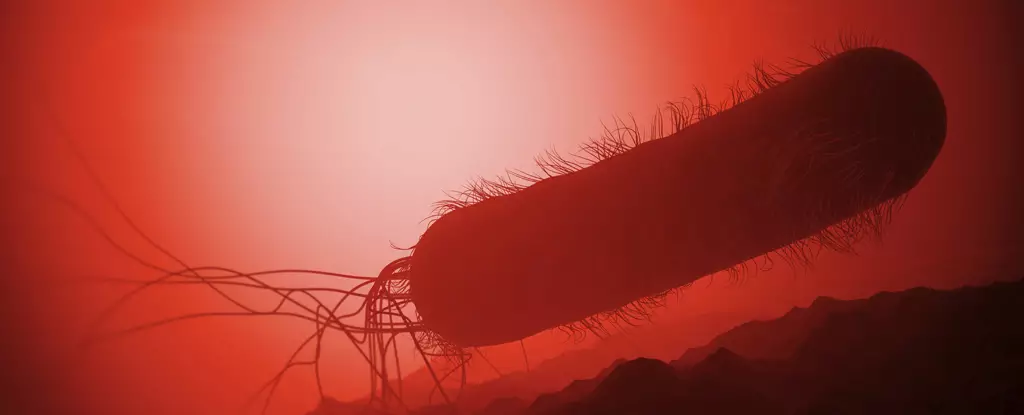The age-old question of whether bacteria mutate randomly or with a purpose has puzzled researchers for generations. The groundbreaking experiment conducted by Salvador Luria and Max Delbrück in 1943 shed light on this conundrum. Their findings not only revolutionized the field of microbiology but also earned them the prestigious Nobel Prize in physiology or medicine in 1969. As a biostatistician with over 20 years of experience, I have delved deep into this experiment, uncovering valuable insights that remain relevant to this day.
Imagine a test tube teeming with bacteria living in a nutrient-rich broth. When a virus, or phage, is introduced into the environment, it wipes out most of the bacterial population, resulting in a clear broth. However, under conditions conducive to bacterial growth, the broth becomes cloudy once again over time. This resurgence of bacteria indicates the development of resistance against the phages. But what role do the phages play in this evolutionary process?
While some scientists believed that phages triggered bacteria to mutate for survival, others argued that bacterial mutations occur randomly, with resistance being a fortunate outcome. Luria and Delbrück’s experiment aimed to settle this debate once and for all. Through a series of meticulous tests involving nutrient broths and phage-coated dishes, they sought to understand the underlying mechanisms driving bacterial mutations.
Luria’s experiment involved transferring bacteria from nutrient-filled tubes into phage-coated dishes, allowing them two opportunities to generate phage-resistant variants. By meticulously counting the number of resistant bacterial colonies in each dish, Luria could decipher whether mutations occurred independently of phage interactions.
Similar to small-prize cash-outs in slot machines, late-generation mutations occurred more frequently but resulted in fewer resistant variants. Conversely, early-generation mutations were rare but yielded a larger number of variants. This observed pattern mirrored the outcomes of Luria’s experiments, where some dishes contained minimal mutant colonies while others held a jackpot of resistant variants.
The Luria-Delbrück experiment not only demonstrated that bacteria mutate randomly but also highlighted their remarkable ability to adapt to changing environments. This phenomenon of bacterial drug resistance has profound implications for the future of medicine, signaling a constant battle against evolving pathogens.
The Luria-Delbrück experiment continues to serve as a cornerstone in our understanding of bacterial mutations and resistance. As we grapple with the challenges of antibiotic resistance, the lessons learned from this seminal study remind us of the evolutionary prowess of bacteria. While drug resistance remains a daunting reality, it also presents an opportunity for continued innovation and vigilance in combating microbial threats.


Leave a Reply